The adoption of BIM for facility management provides managers with the ability to optimise resources, manage space and undertake preventative maintenance.
The adoption of Building Information Modeling (BIM) has seen a significant rise within the field of facility management in recent years. As a tool that offers a comprehensive digital representation of all physical and functional characteristics of a building, BIM has proven to be indispensable. It provides facility managers with the ability to optimise their resources, manage space more efficiently and undertake preventative maintenance, thereby reducing costs and improving the performance of facilities under their care.
While the benefits are evidently multifaceted, what remains to be explored is the extent to which BIM can revolutionise the role of a facility manager and how its full potential can be harnessed in the pursuit of operational excellence.
BIM is reshaping the landscape of FM
BIM is fundamentally reshaping the landscape of facility management by providing comprehensive digital representations of physical and functional characteristics of a facility. BIM data integration plays a critical part in this transformation, as it allows for the seamless exchange of information across different software platforms and stakeholders.
This enhanced collaboration and integration lead to significant improvements in facility maintenance and asset management. By leveraging BIM, facility managers can obtain detailed insights into the building’s assets, including their location, condition, and maintenance history. This information empowers them to make informed decisions regarding preventive maintenance, repairs, and replacements, thereby increasing the lifespan of their assets.
Moreover, BIM also offers benefits in terms of space utilisation and lifecycle planning. It enables facility managers to visualise and analyse the use of space within their buildings, optimise layouts, and plan for future needs. Additionally, BIM’s ability to capture and store lifecycle data ensures a more sustainable and efficient management of facilities.
Project visualisation enhancement with BIM
Expanding on the utility of BIM, one of its most significant advantages is the enhancement of project visualisation. This enhancement is achieved through the integration of design elements and data organisation in a 3D modeling environment, which offers a comprehensive view of the project.
Design integration allows for a harmonised coordination of all project elements. This includes architectural, structural, and mechanical components.
The use of 3D modeling not only provides a realistic image but also allows manipulation and examination from various angles. Through this, facility managers can analyse and plan maintenance tasks more efficiently.
Virtual walkthroughs offer facility managers and stakeholders a deeper understanding of the project, facilitating better decision-making and forecasting.
Lastly, the data organisation feature of BIM provides structured and easily accessible information. It allows for efficient tracking and management of data throughout the project lifecycle.
Improved communication
BIM significantly enhances communication, fostering collaboration and ensuring all stakeholders are on the same page. This is largely due to the collaborative workflows that BIM enables, where information is shared in real-time and changes can be tracked and communicated instantly. This aspect of BIM is critical in ensuring that all parties involved in a project are updated on any developments as they happen.
Seamless integration is another aspect of BIM that improves communication. With BIM, different systems and software can be integrated, allowing for a smoother flow of information. This, in turn, leads to streamlined processes, as the need for manual data entry and transfer is eliminated.
Moreover, the enhanced communication facilitated by BIM is not limited to the duration of the project. Post completion, facility managers can leverage the detailed and accurate information provided by BIM to effectively manage the building. In essence, BIM acts as a single source of truth, eliminating information silos and promoting transparency.
Coordination benefits of BIM for facility management
Often overlooked, the coordination benefits provided by BIM are substantial. One significant benefit is in clash detection. BIM enables the identification of spatial conflicts and inconsistencies early in the design process, preventing costly on-site errors and rework. By highlighting these issues in the virtual model, teams can resolve problems before they escalate, ultimately saving time and resources.
Model coordination is another key advantage. BIM allows for the integration and alignment of various models into one comprehensive model.
Increasing efficiency with BIM
BIM’s robust data integration capabilities allow facility managers to have a comprehensive view of the building’s information, thereby enhancing workflow optimisation. This integration enables quicker, more accurate decision-making, significantly reducing the time spent on manual data entry and analysis.
BIM also aids in maintenance planning and asset tracking. By providing a holistic view of the building’s lifecycle, BIM allows for proactive maintenance scheduling, reducing downtime and resulting in cost savings. The wealth of data provided by BIM extends to asset tracking, offering real-time updates on the status and location of assets.
Error reduction using BIM
BIM provides a platform for effective risk mitigation. By offering a comprehensive view of the project, it allows facility managers to foresee potential issues and take corrective action before they escalate. This proactive approach prevents costly mistakes and helps in streamlining workflow, thereby contributing to efficient time management.
BIM’s ability to store and manage data about a facility’s components aids in maintaining accurate and up-to-date records. This feature eliminates the likelihood of misinformation or data loss, which are common sources of errors in facility management.

